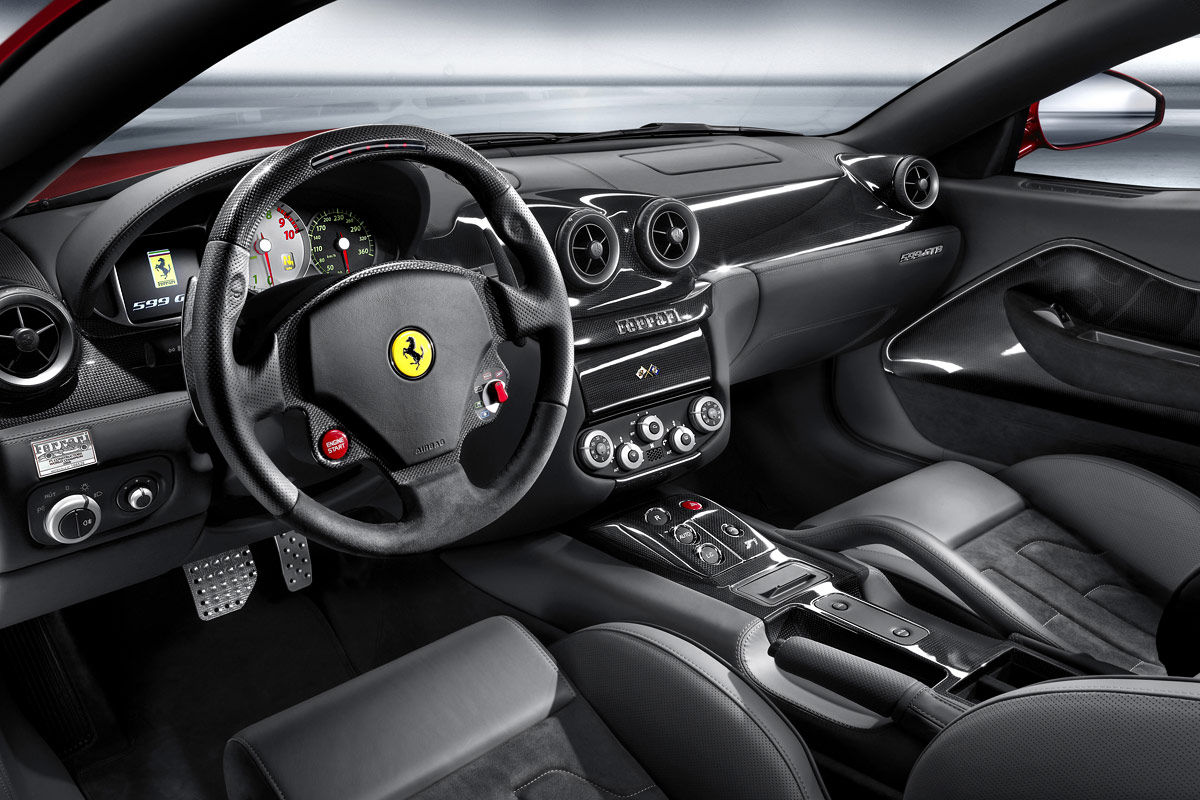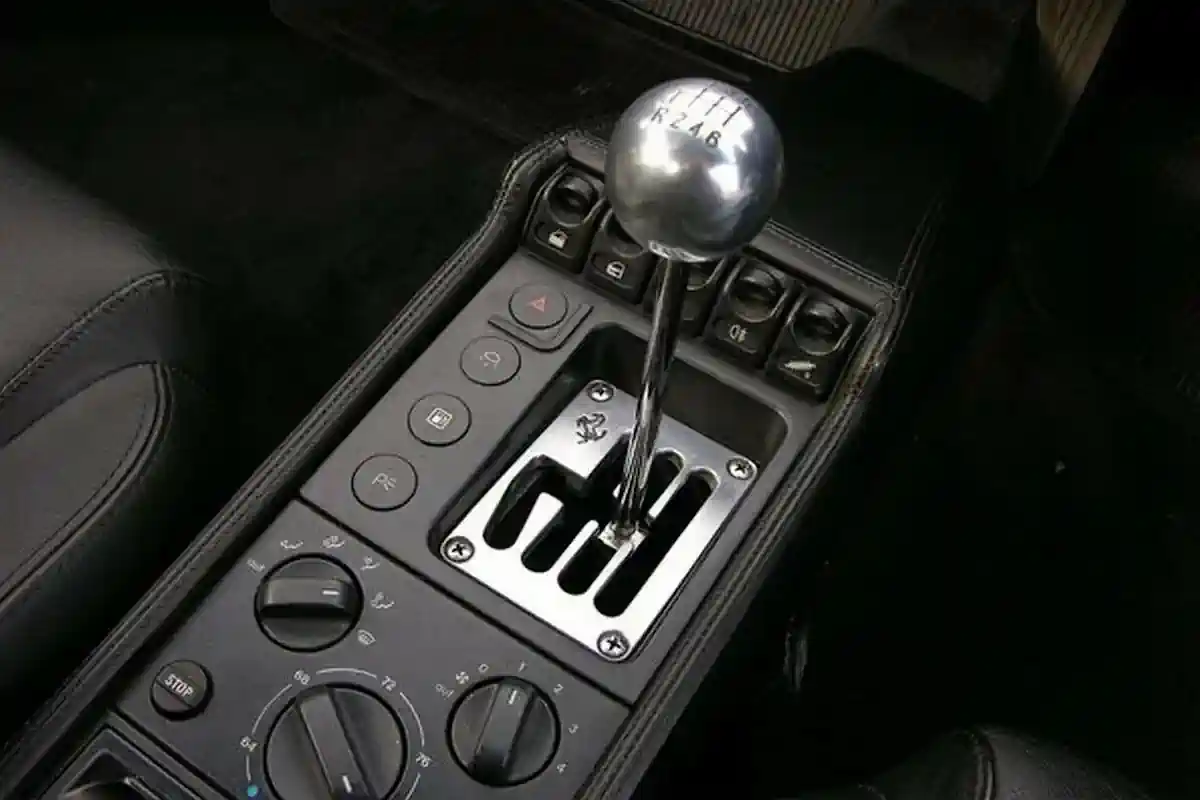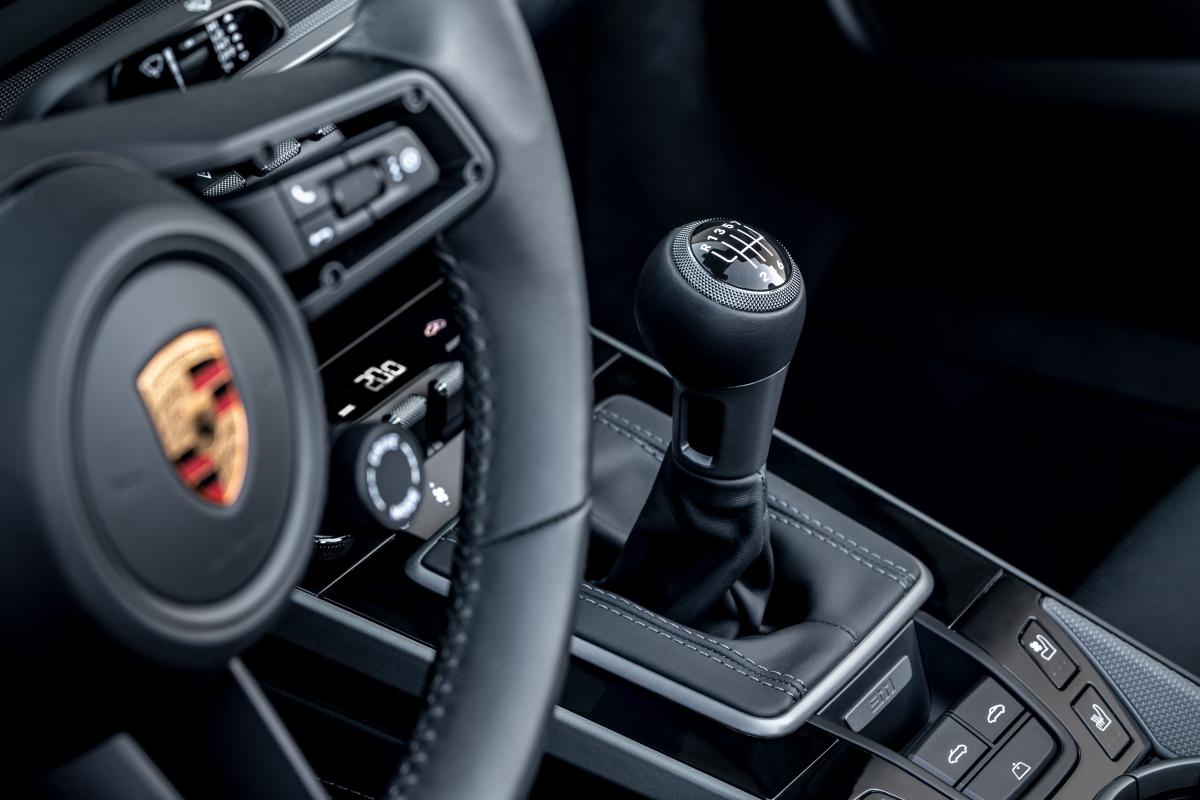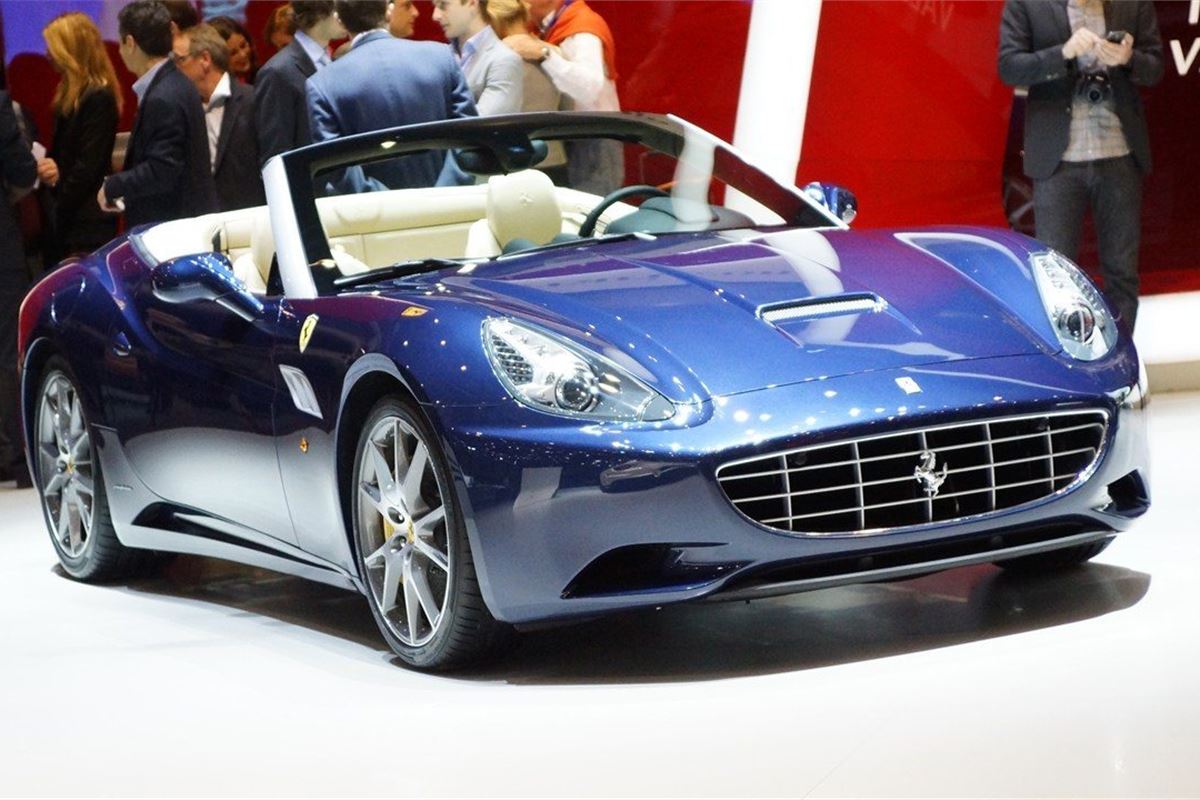Manual gearboxes are in danger of extinction. Fewer and fewer manufacturers are opting for this type of transmission, even though they are cheaper and more reliable than automatic gearboxes. This is even true of luxury brands, which were the first to dispense with them. In fact, if you ask Ferrari, they will even tell you to buy ‘one of our magnificent classics’.
Purists still prefer manual cars. The driving sensations conveyed by this type of mechanical configuration are a far cry from those offered by an automatic car. And that is something that many drivers appreciate and value, continuing to demand more analogue cars, where there is a connection between the driver and the machine.
Ferrari is not enthusiastic about the idea of manufacturing manual cars

Ferrari does not share this opinion. It has been more than a decade since the Maranello-based company manufactured cars with three pedals and a manual gearbox. The last one was the 2012 Ferrari California, a model that was offered with both manual and automatic transmissions. And although it may seem hard to believe, it was the market that buried manual transmissions in the Italian company’s cars for good.
That year, only two or three California models with manual transmission were sold, far fewer than the automatic version. But low demand for these transmissions was not the only factor that led to their demise. In 2016, Ferrari’s then head of technology, Michael Leiters, explained that no manual gearbox outperforms a dual-clutch automatic.
And he is not wrong. It has been proven that in terms of acceleration and lap times, an automatic car is more efficient than an identical car equipped with a manual transmission. Just look at racing cars, which are no longer manual (yes, sequential) and no one who wants to break a lap record at a circuit like the Nürburgring would attempt to do so with a manual car.
If you want a manual Ferrari, buy a classic

Returning to Ferrari and the absence of manual cars in its exclusive product catalogue, in a recent interview with Enrico Galliera, the company’s sales and marketing director, in Evo magazine, he was asked about the possibility of the Italian firm bringing back manual transmissions.
‘We already have it in many of our classic cars,’ replied the executive, who also advised anyone who wants to own a manual Ferrari again to ‘buy and restore one of our fantastic classics.’
‘We have manual transmissions and we encourage our customers to discover the beauty of driving a classic car,’ said Galliera. ‘We offer Corsa Piloti programmes with classic cars because many people no longer know how to drive a manual. It’s an important experience that we can currently offer with our classics.’
While Galliera was quite clear in pointing directly to Ferrari classics for anyone looking for one of their cars with a manual gearbox, all is not lost at the Prancing Horse. Apparently, the brand has not completely ruled out the possibility of bringing back manual transmission for some select customers.
Earlier this year, Gianmaria Fulgenzi, director of product development, said that a three-pedal configuration could be suitable for a high-end model in the Icona series, the same family that includes the Monza SP1 and SP2, and the Daytona SP3, which, incidentally, are only available with automatic transmission.
Other manufacturers make better use of manual transmissions

Ferrari’s decision, for example, contrasts with that of other manufacturers who have made manual gearboxes a selling point for their wealthiest customers. This is the case with Porsche, for example, which reserves access to this type of transmission for its GT range of models and some exclusive cars.
In the same position we find Aston Martin and the car it developed in collaboration with Fernando Alonso, the Valiant. This model, with a production run of only 38 units, combines a 5.2-litre twin-turbo V12 engine with 745 hp with a manual gearbox at the request of the two-time Formula 1 world champion from Asturias.
Many other manufacturers have found manual gearboxes to be an important gold mine with which to sell more exclusive cars at high prices. It is to be expected that this type of transmission, for years associated with more economical cars, will become a luxury item available only to a few. And the market is to blame.

